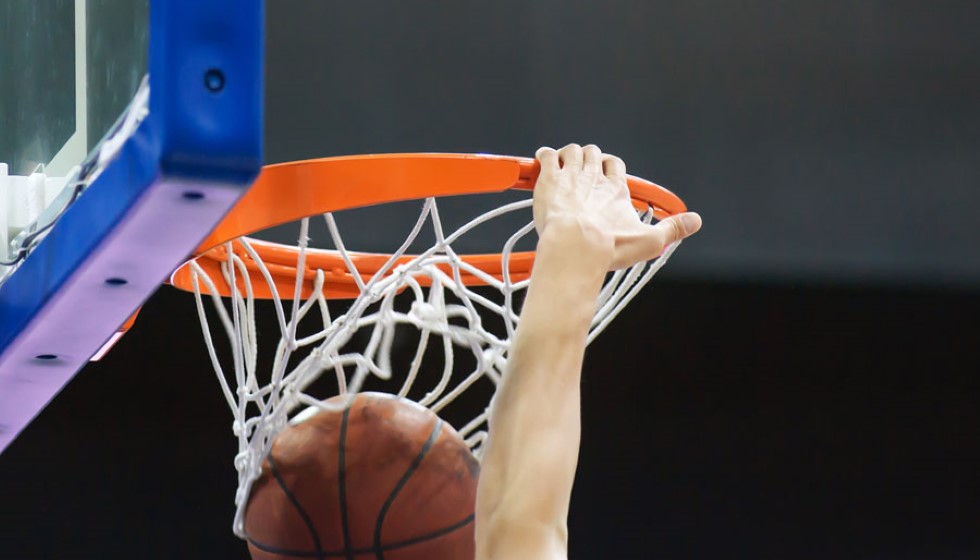
The offseason can often be a time of transformation for NBA teams as they strategize, make bold moves, and redefine their lineups. For the Los Angeles Lakers, however, this meant navigating the complexities of a hard cap under the second apron while refining their current roster configuration. Notably, amid rising expectations and stringent financial constraints, the Lakers opted not to integrate any new veteran players into their lineup this offseason, a decision that shows faith in their existing core and a calculated focus on tactical refinements.
The Lakers' roster underwent significant adjustments with a strategic swap deal, which was pivotal both in terms of player dynamics and financial relief. The team traded D'Angelo Russell, along with three second-round picks, for Dorian Finney-Smith and Shake Milton. This trade maneuver, while bolstering their lineup with young, versatile talent, also played a crucial financial role as it allowed the Lakers to save approximately $3.5 million. This savings comes as a welcome reprieve given their hard-capped status, ensuring the management has more room to maneuver as they strategize for the competitive season ahead.
The Lakers' roster remains anchored by the indomitable LeBron James, who is gearing up to celebrate his 40th birthday. His leadership and veteran presence are indispensable assets for the team as they aim to capitalize on their blend of experience and youth. Alongside him, Anthony Davis, who is currently 31, continues to be a pivotal figure, bringing his formidable skills to the court and offering a reliable partnership with James.
While the Lakers are tactically preserving their roster stability, across the country, the Brooklyn Nets have been active in their own roster adjustments. Earlier this month, the Nets traded away Dennis Schroder, a move that followed June's deal which sent Mikal Bridges elsewhere. The Nets' strategy seems to be one of overhaul and renewal, perhaps reflecting a broader vision of reshaping the team to face future challenges.
With these strategic maneuvers, the Lakers not only ensure their financial flexibility but also position themselves to maintain a competitive edge in the NBA. The focus on younger, versatile players like Finney-Smith and Milton signifies a shift towards sustainability and long-term planning. Moreover, the Lakers are safeguarding their future prospects with a promising ensemble of picks — one second-rounder, two future first-round choices, and several first-round swaps, reflecting a keen eye towards the horizon of the franchise.
The offseason decisions showcase the Lakers' commitment to building a resilient, adaptable team that balances the vigor of youth with the wisdom of experience. As the season unfolds, the strategic choices made in the offseason will be tested on the court, but the foundations laid today could very well secure the Lakers' path in the competitive landscape of the NBA for seasons to come.